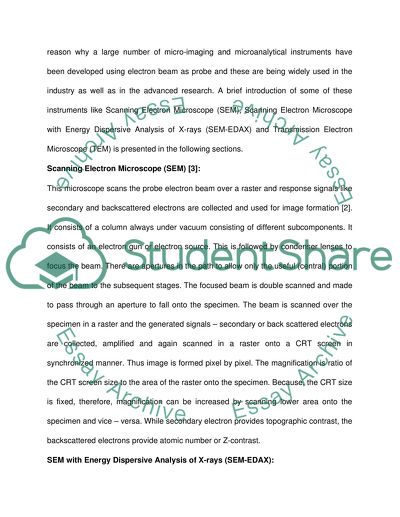Cite this document
(“Observe particles by using Scanning Electron Microscope (SEM), Energy Essay - 1”, n.d.)
Retrieved from https://studentshare.org/environmental-studies/1412298-observe-particles-by-using-scanning-electron
Retrieved from https://studentshare.org/environmental-studies/1412298-observe-particles-by-using-scanning-electron
(Observe Particles by Using Scanning Electron Microscope (SEM), Energy Essay - 1)
https://studentshare.org/environmental-studies/1412298-observe-particles-by-using-scanning-electron.
https://studentshare.org/environmental-studies/1412298-observe-particles-by-using-scanning-electron.
“Observe Particles by Using Scanning Electron Microscope (SEM), Energy Essay - 1”, n.d. https://studentshare.org/environmental-studies/1412298-observe-particles-by-using-scanning-electron.


